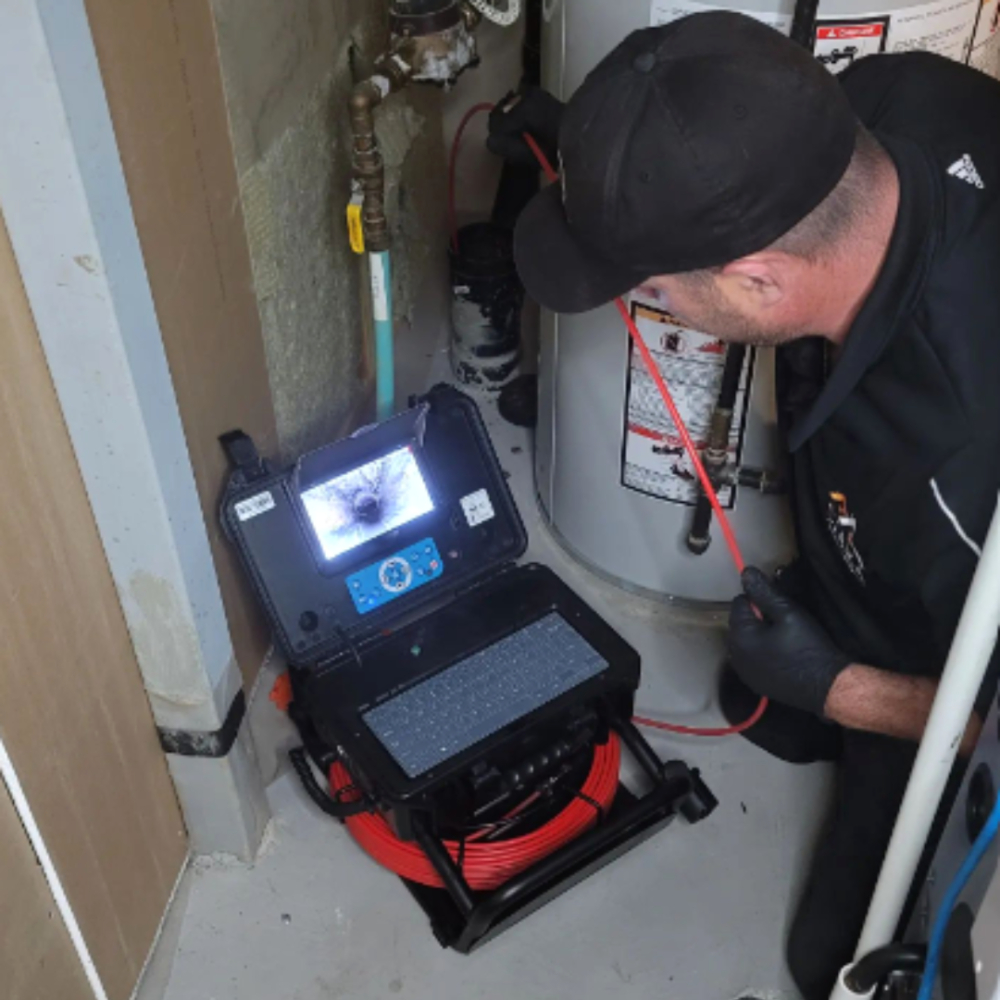The inspection industry is undergoing rapid transformation, driven by technological advancements. Staying abreast of these changes is crucial for businesses to maintain competitive advantages and efficiency. This article delves into the most promising emerging trends in inspection technology.
1. Advancements in Camera Technology
High-resolution cameras now offer unprecedented clarity, making it easier to identify issues. 360-degree cameras provide comprehensive views of inspection sites, while infrared and thermal imaging reveal hidden problems such as leaks and heat loss, enhancing overall diagnostic capabilities.
2. Integration with AI and Machine Learning
Artificial intelligence (AI) and machine learning are revolutionizing inspection processes. Automated defect detection minimizes human error, and predictive maintenance insights help preemptively address potential issues. Enhanced data analysis capabilities allow for more accurate and efficient inspections.
3. Use of Drones and Robotics
Drones are becoming invaluable for aerial inspections of large or hard-to-reach areas, such as rooftops and tall structures. Robotic crawlers can navigate confined spaces, like pipelines, providing detailed inspections without risking human safety. These technologies significantly expand the scope and safety of inspections.
4. Cloud Computing and Data Management
Cloud computing facilitates real-time data access and secure storage, enabling inspectors to share findings instantly with team members and clients. Collaborative platforms improve workflow efficiency, allowing for seamless integration of inspection data across various stakeholders.
5. Virtual and Augmented Reality Applications
Virtual Reality (VR) is being used for training inspectors through realistic simulations, reducing the need for on-site training. Augmented Reality (AR) assists inspectors on-site by overlaying digital information onto the physical world, helping identify issues and providing repair instructions. Practical applications of VR and AR are already demonstrating significant benefits in training and on-site assistance.
6. IoT Connectivity and Smart Devices
Internet of Things (IoT)-enabled devices offer real-time monitoring and instant alerts for inspection needs. These smart devices integrate with broader systems, providing a comprehensive overview and improving the accuracy and efficiency of inspections.
7. Environmental and Sustainability Considerations
The inspection industry is also focusing on sustainability. Eco-friendly inspection practices and energy-efficient technologies are becoming more prevalent. Inspections play a critical role in sustainability initiatives by identifying areas where energy efficiency can be improved and environmental impact reduced.
Conclusion
The inspection industry is rapidly evolving with these technological advancements. Staying updated with these emerging trends will help businesses enhance their inspection processes, improve efficiency, and stay competitive.


